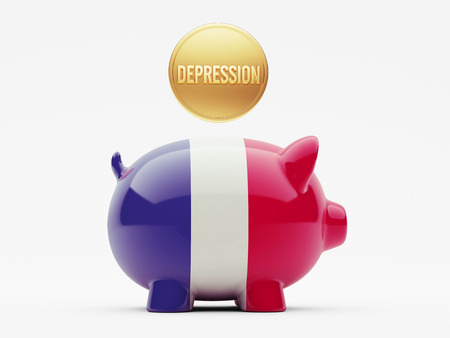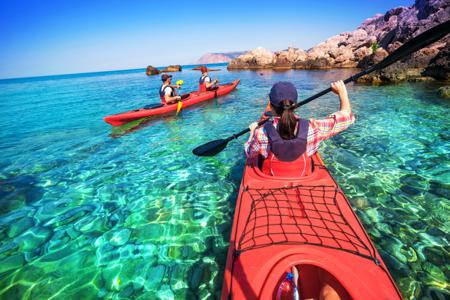托福阅读机经真题Thermal Stratification 真题+答案
- 2017年05月04日14:53 来源:小站教育作者:小站教研中心
- 参与(20) 阅读(30440)
|
类别:地质类 |
|
|
Title:Thermal Stratification |
|
|
Physical characteristics of aquatic environments at different depths such as salt level, light, inorganic nutrients, degree of acidity, and pressure all play key roles in the distribution of organisms. One of the most important physical features is thermal stratification. When solar radiation strikes water, some is reflected, but most penetrates the surface and is ultimately absorbed. Although water may appear transparent, it is much denser than air and absorbs radiation rapidly. In clear water, 99 percent of the solar radiation is absorbed in the upper 50 to 100 meters. Longer wavelengths of light are absorbed first; the shorter wavelengths (which have more energy) penetrate farther, giving the depths their characteristic blue color. This rapid absorption of sunlight by water has two important consequences. First, it means that photosynthesis the process by which plants use the energy of sunlight to produce the organic carbon compounds necessary for life can only occur in surface waters where the light intensity is sufficiently high. Species that produce their own organic carbon compounds are called primary producers, and they are the base of the marine food web. Virtually all of the photosynthesis that supports the rich life of oceans and lakes comes from plants living in the upper 10 to 30 meters of water. Along shores and in very shallow bodies of water, some species such as kelp are rooted to the bottom. These plants may attain considerable size and structural complexity, and may support diverse communities of organisms. In the open waters that cover much of the globe, however, the primary producers of organic carbon are tiny, often one-celled algae (called phytoplankton), which are suspended in the water. Zooplankton, tiny invertebrates that feed on phytoplankton, migrate vertically on a daily cycle: up into the surface waters at night to feed and down into the dark, deeper waters during the day to escape predatory fish that rely on light to detect prey. Second, the rapid absorption of sunlight by water means that only surface water is heated. The density of pure water is greatest at 4¡ãC and declines as the water's temperature rises above or falls below this point. When solar radiation heats the water surface above 4¡ãC, the warm surface water becomes lighter than the cool, deeper water, and so tends to remain on the surface, where it may be heated further and become even less dense. In tropical areas and in temperate climates during the summer, the surfaces of oceans and lakes are usually covered by a thin layer of warm water. Unless these bodies of water are shallow, the deep water below this layer is much colder (sometimes near 4¡ãC). The change in temperature between the warm surface water and the cold, deep water is called the thermocline. Mixing of the surface water by wave action determines the depth of the thermocline and maintains relatively constant temperatures in the water above it. Tropical lakes and oceans show pronounced permanent stratification of their physical properties, with warm, well-oxygenated, and lighted surface water giving way to frigid, dark, deep water almost devoid of oxygen. Oxygen cannot be replenished at great depths where there are no photosynthetic organisms to produce it, and the stable thermal stratification prevents mixing and reoxygenation by surface water. Only relatively few organisms can live in such extreme conditions. The waste products and dead bodies of organisms living in the surface waters sink to the depths, taking their mineral nutrients with them. The lack of vertical circulation thus limits the supply of nutrients to the phytoplankton above. Consequently, deep tropical lakes are often relatively unproductive and depend on continued input from streams for the nutrients required to support life. The situation is somewhat different in temperate and polar waters. Deep lakes, in particular, undergo dramatic seasonal changes: they develop warm surface temperatures and a pronounced thermocline in summer, but freeze over in winter. Twice each year, in spring and fall, the entire water column attains equal temperature and equal density; moderate winds may then generate waves that mix deep and shallow water, producing what is called overturn. This semiannual mixing carries oxygen downward and returns inorganic nutrients to the surface. Phosphorus and other nutrients may be depleted during the summer; overturn replenishes these nutrients by stimulating the growth of phytoplankton. |
|
完整托福阅读机经Attempts at Determining Earth’s Age 题目+答案请登陆查看。
小站教育教研中心


































